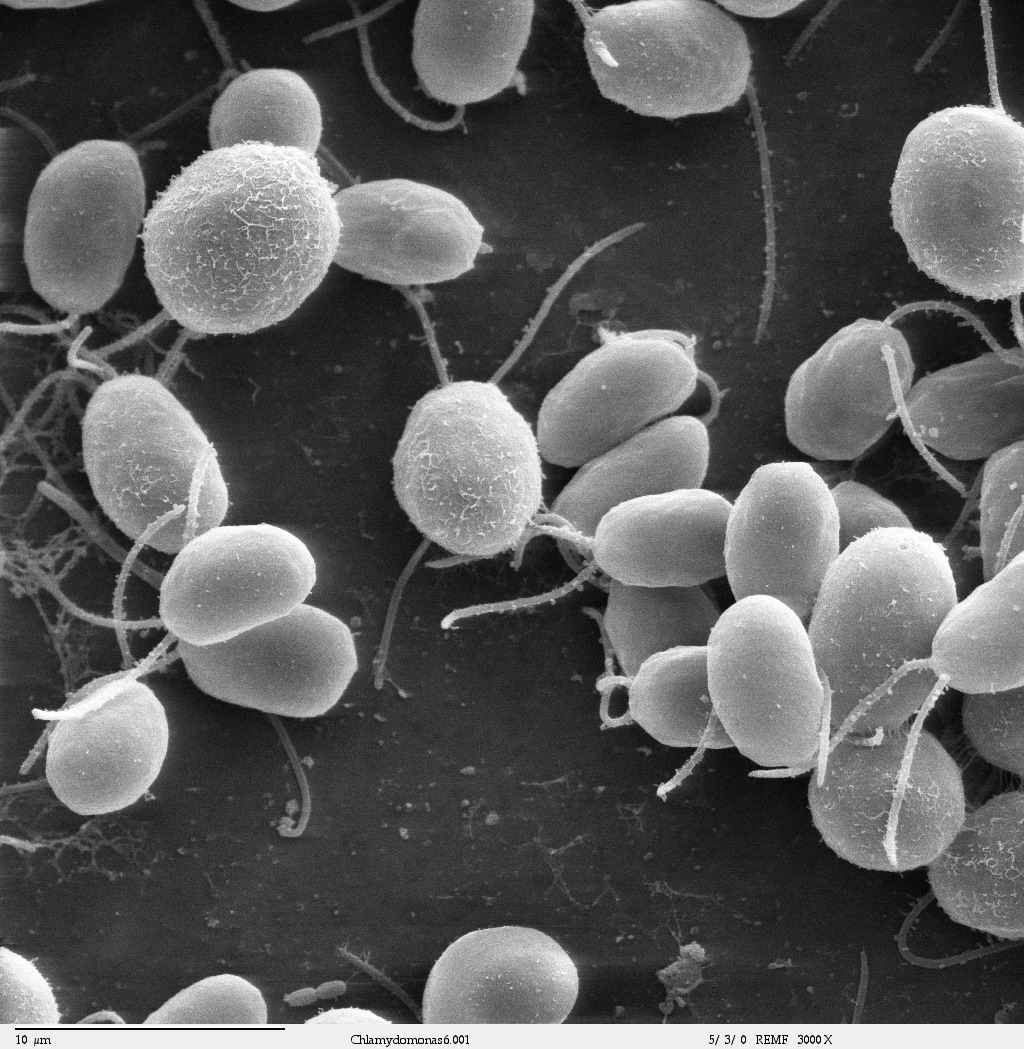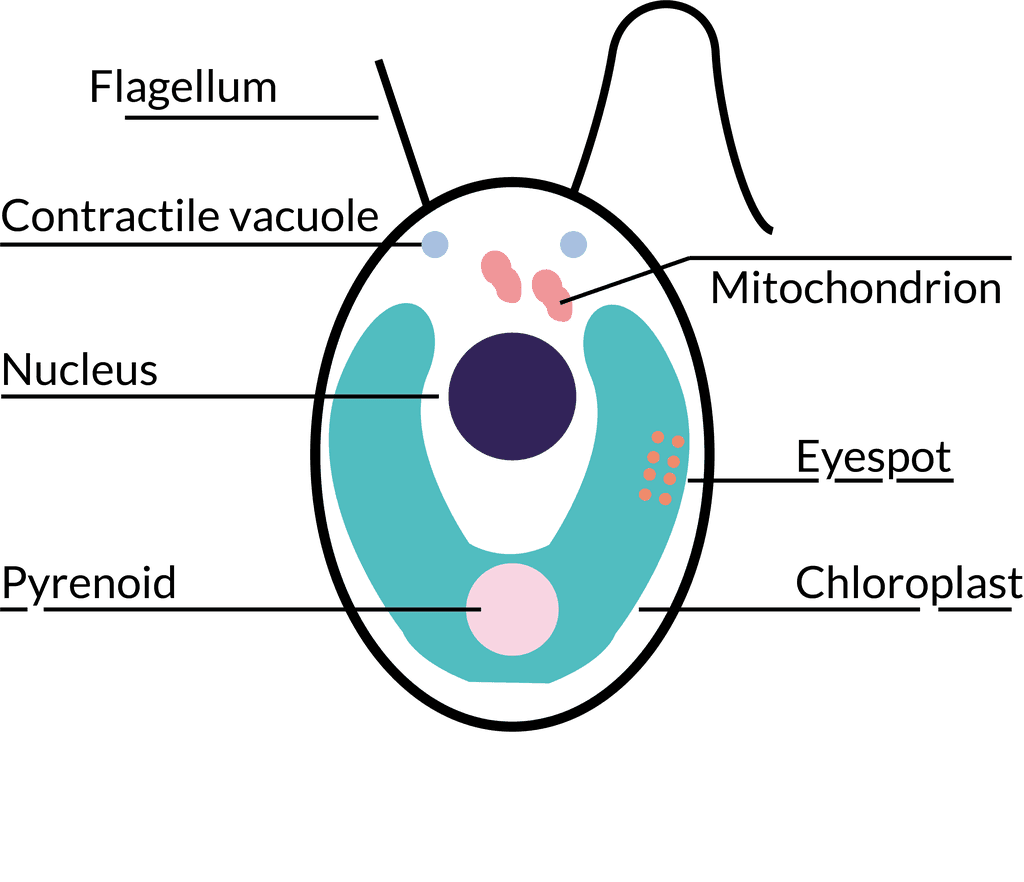Difference between revisions of "Chlamydomonas reinhardtii chassis"
(→Chlamydomonas reinhardtii chassis) |
|||
| (47 intermediate revisions by the same user not shown) | |||
| Line 1: | Line 1: | ||
| − | =='''Chlamydomonas reinhardtii | + | =='''<i>Chlamydomonas reinhardtii</i>'''== |
<html> | <html> | ||
<i>Chlamydomonas reinhardtii</i> is a green microalga. The unicellular and genetically modifiable organism posses several characteristics making it an interesting model organism for synthetic biology. | <i>Chlamydomonas reinhardtii</i> is a green microalga. The unicellular and genetically modifiable organism posses several characteristics making it an interesting model organism for synthetic biology. | ||
| Line 5: | Line 5: | ||
<LI> | <LI> | ||
| − | + | Inexpensive & easy cultivation | |
</LI> | </LI> | ||
<LI> | <LI> | ||
| − | + | Phototrophic | |
</LI> | </LI> | ||
<LI> | <LI> | ||
| − | + | Enviromental-safe | |
</LI> | </LI> | ||
<LI> | <LI> | ||
| − | + | Two expression compartments (nucleus & chloroplast) | |
| + | </LI> | ||
| + | <LI> | ||
| + | Post-translational modification | ||
| + | </LI> | ||
| + | <LI> | ||
| + | one organism = single cell | ||
</LI> | </LI> | ||
| − | |||
</UL> | </UL> | ||
| − | |||
</html> | </html> | ||
| + | <gallery> | ||
| + | File:T--Humboldt_Berlin--C_reinhardtii_REM.jpeg | Fig. 1. Raster electron microscope image of ''C. reinhardtii'' | ||
| + | File:T-Humboldt Berlin--scheme chlamy.png | Fig. 2. Schematic overview of ''C. reinhardtii'' | ||
| + | </gallery> | ||
| + | |||
| + | =='''References'''== | ||
| + | [1] Harris, E. H. (2001). "CHLAMYDOMONAS AS A MODEL ORGANISM." Annu Rev Plant Physiol Plant Mol Biol 52: 363-406. | ||
| + | |||
| + | [2] Sasso, S., et al. (2018). "From molecular manipulation of domesticated Chlamydomonas reinhardtii to survival in nature." eLife 7: e39233. | ||
Latest revision as of 18:52, 20 October 2019
Chlamydomonas reinhardtii
Chlamydomonas reinhardtii is a green microalga. The unicellular and genetically modifiable organism posses several characteristics making it an interesting model organism for synthetic biology.
- Inexpensive & easy cultivation
- Phototrophic
- Enviromental-safe
- Two expression compartments (nucleus & chloroplast)
- Post-translational modification
- one organism = single cell
References
[1] Harris, E. H. (2001). "CHLAMYDOMONAS AS A MODEL ORGANISM." Annu Rev Plant Physiol Plant Mol Biol 52: 363-406.
[2] Sasso, S., et al. (2018). "From molecular manipulation of domesticated Chlamydomonas reinhardtii to survival in nature." eLife 7: e39233.


